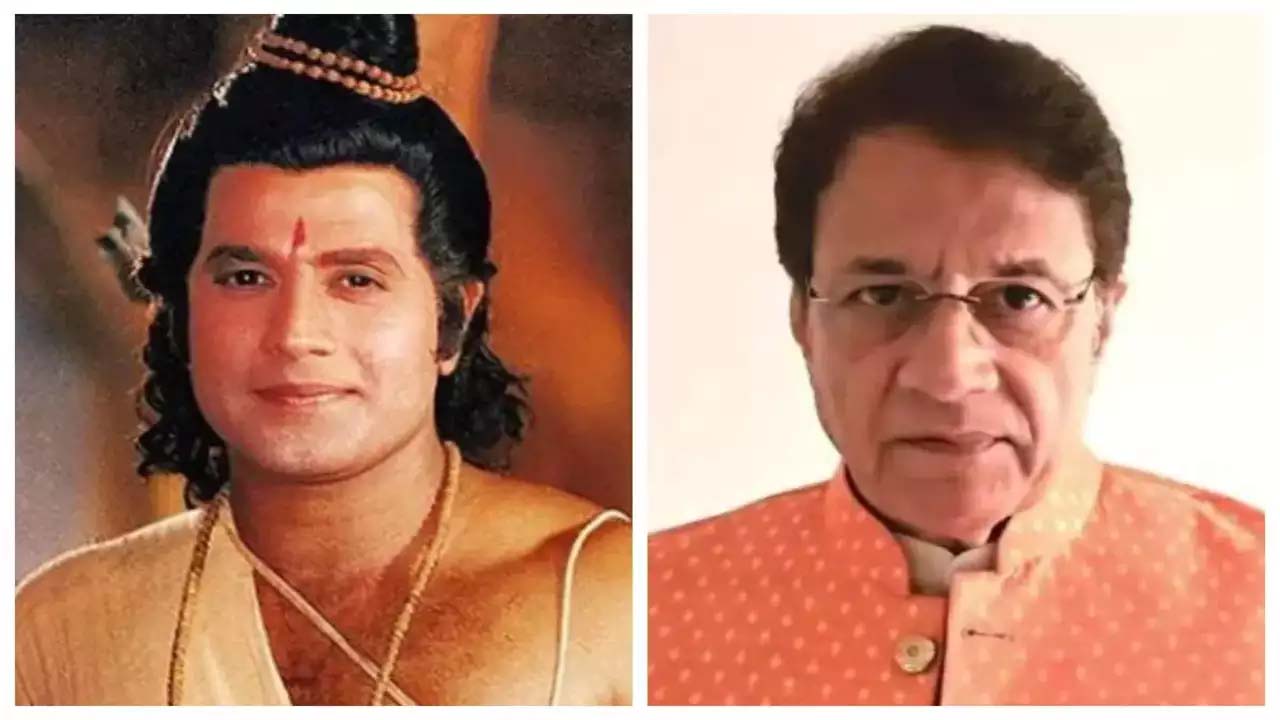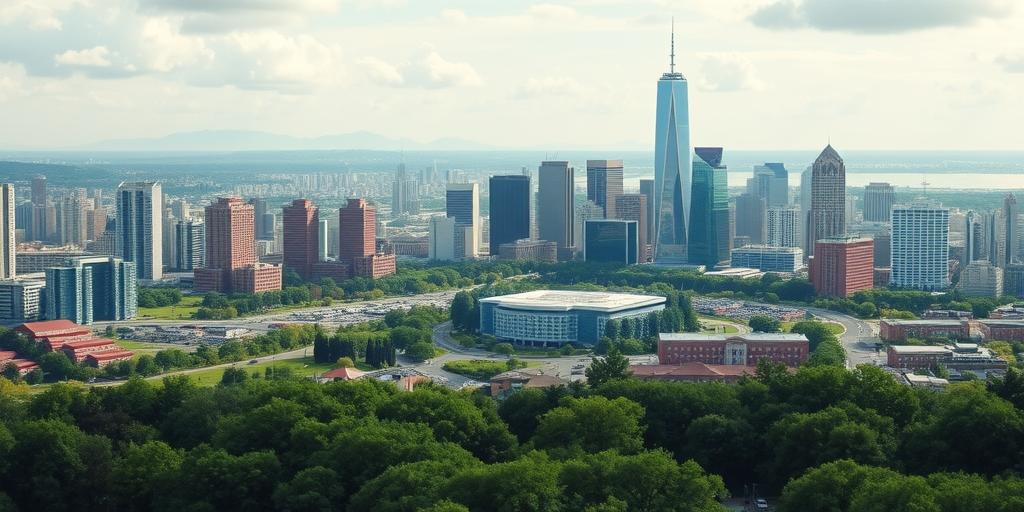Inside BJP’s Game Plan: Arun Govil’s Role in UP Lok Sabha Polls
<p>In the quest to attain its goal of surpassing 400 seats, the Bharatiya Janata Party (BJP) regards 27 Lok Sabha constituencies in Western Uttar Pradesh as pivotal in the upcoming 2024 general elections. The saffron party views winning these seats as a formidable challenge. Hence, the BJP has forged an alliance with the Rashtriya Lok […]</p>

Inside BJP’s Game Plan: Arun Govil’s Role in UP Lok Sabha Polls
In the quest to attain its goal of surpassing 400 seats, the Bharatiya Janata Party (BJP) regards 27 Lok Sabha constituencies in Western Uttar Pradesh as pivotal in the upcoming 2024 general elections. The saffron party views winning these seats as a formidable challenge. Hence, the BJP has forged an alliance with the Rashtriya Lok Dal (RLD) in this region.
Furthermore, the BJP has nominated Ram Arun Govil, a prominent figure from television, as its candidate from Meerut. This strategic move signifies the BJP’s dual approach to conquer the electoral battleground in Western UP. Through the alliance with RLD, the BJP aims to attract farmers and Jats, while the candidacy of Arun Govil symbolizes the embodiment of Lord Ram in the political arena. Leveraging the momentum of the Ram wave, the BJP places significant emphasis on Arun Govil’s candidacy.
Moreover, the party has meticulously considered the caste dynamics. Rajendra Aggarwal, the current BJP Member of Parliament from Meerut, belongs to the Agarwal community. Similarly, Arun Govil hails from the same caste. Meerut, recognized as the political, cultural, and economic nucleus of Western Uttar Pradesh, sees Arun Govil as the epitome of Lord Ram and the embodiment of Hindutva, thus making him the unanimous choice for the BJP.
In the 2014 elections, the BJP secured victory in 24 out of 27 seats in Western UP. However, the scenario changed in the 2019 elections, where the BJP lost five seats due to the coalition of SP-RLD, Congress, and BSP. Nevertheless, with RLD now allied with the BJP and BSP contesting independently, the political landscape appears favorable for the BJP. Notably, Western UP boasts a significant Muslim population, capable of influencing electoral outcomes.
In the 2019 elections, the SP and BSP collectively clinched eight seats in Western UP, leveraging the support of over 54 percent of the backward caste population. Notably, communities such as Kashyap, Prajapati, Dhinwar, Kumhar, and Mali bolster the BJP’s electoral prospects.
Furthermore, with over 18 percent of the population comprising Jats in Western UP, the BJP’s alliance with RLD strategically targets this demographic. Additionally, the Vaishya community, known for its allegiance to the BJP, constitutes a substantial voting bloc in the region.
The RLD played a pivotal role in bridging the divide between Jats and Muslims following the 2013 Muzaffarnagar riots, garnering overwhelming support from the Muslim community. However, the political dynamics have shifted significantly with the RLD aligning with the BJP once again, raising questions about Muslim allegiance. The resolution of this quandary awaits the verdict on June 4th.








